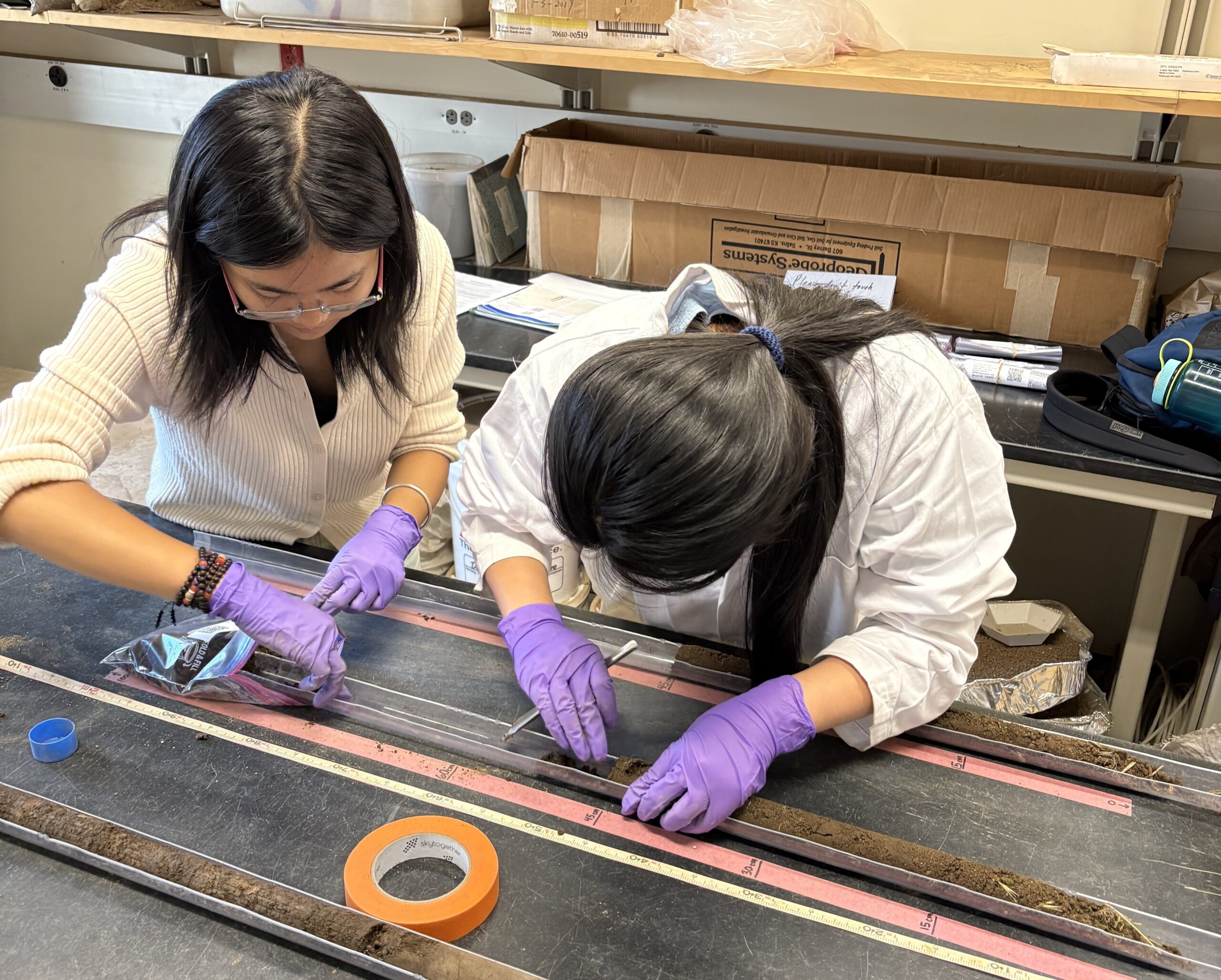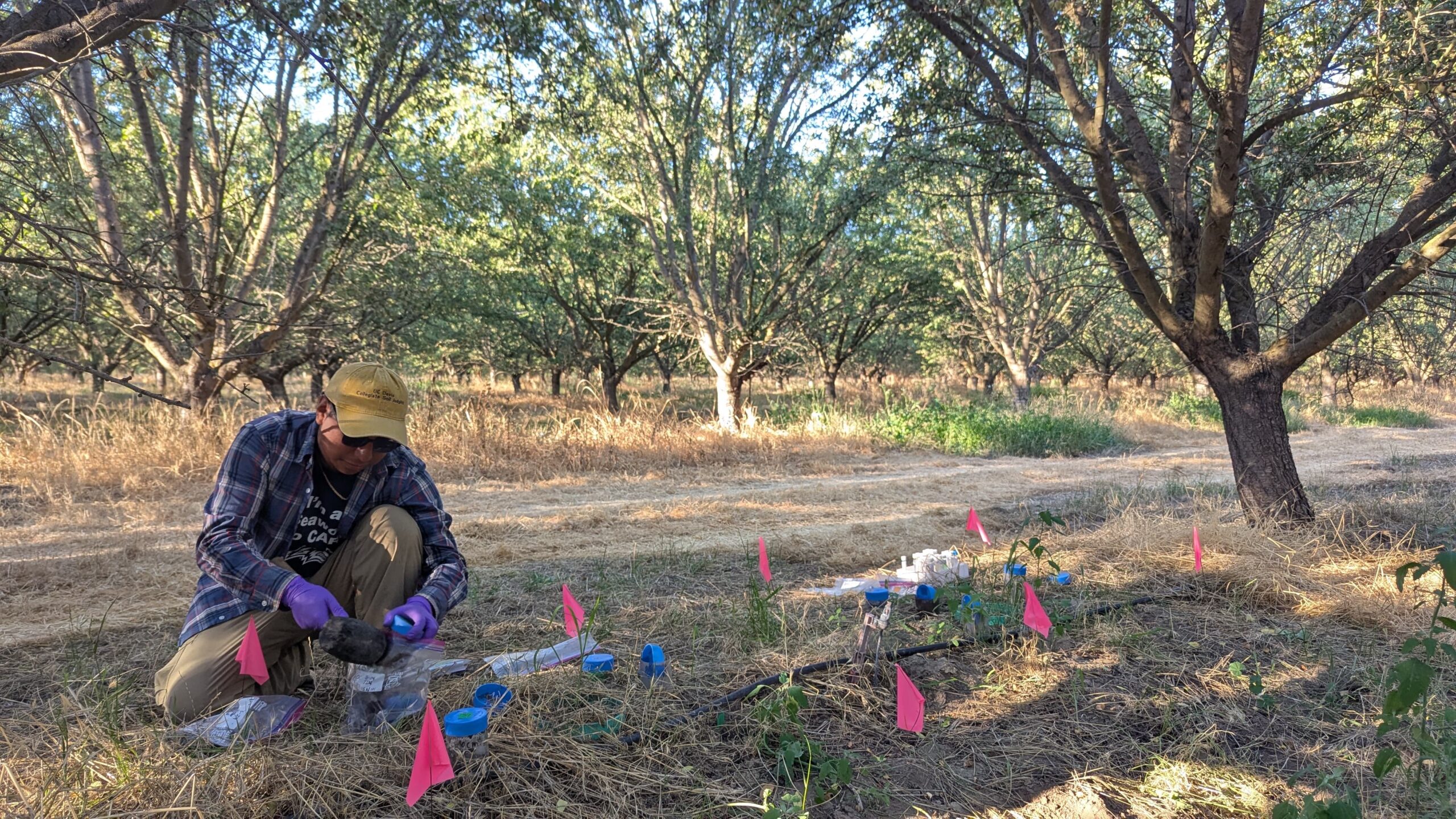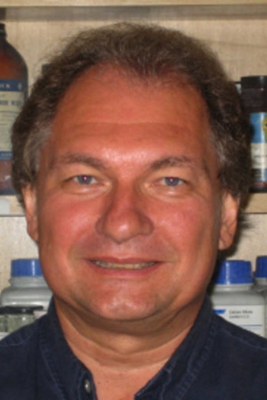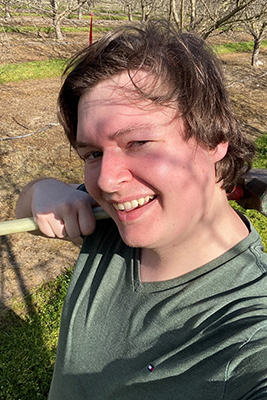University of California, Davis (Almond)

This project is investigating the biogeochemical and soil health implications of surficial application of dairy manure compost in perennial systems such as California almond orchards. The research is focusing on the interactive effects of dairy manure compost application and micro-irrigation fertigation on soil greenhouse gas (GHG) emissions such as methane, carbon dioxide, and nitrous oxide.
- Soils are acting as methane sinks. Throughout the year, soil microorganisms are net methane consumers, which helps to offset observed carbon dioxide and nitrous oxide emissions. Overall, this is indicative of well aerated soil conditions under the applied treatments.
- Compost application increases soil microbial activity. Based on the observations of increased soil microbial respiration and increased concentrations of dissolved organic carbon, compost treated soil boosts microbial activity relative to other treatments. Implications of these findings suggest nutrient cycling may increase as well.
- A grower does not need to reduce nitrogen inputs to reduce nitrous oxide emissions under dairy manure compost application. Nitrous oxide pulses observed were largely driven by fertigation events. A significant reduction in nitrous oxide emissions was observed in compost treated soils relative to fertigation-only treatment during and after subsequent fertigation events. This finding, along with evidence of increased microbial respiration, suggests that a synergistic interaction between compost-derived carbon and synthetic fertilizers is promoting microbial activity to produce dinitrogen, a non-GHG.
The project will continue researching this system to determine if there are differences in soil organic carbon stocks between treatments.









